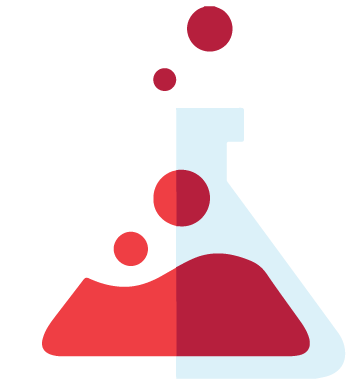

Structure and function of the bacterial cell envelope
The cell envelope in bacteria provides the first line of defense from the hostile environment and antibiotics. Even though the majority of the characterized bacterial phyla to date are Gram-negative, there are no hypotheses as to how the second membrane may have evolved. Using cryo electron tomography (cryo-ET) of sporulating Gram-positive (Tocheva, Mol Microbiol, 2013) and Gram-negative bacteria (Tocheva, Cell, 2011), we showed how sporulation could lead to the generation of double membraned cells. Further biochemical and phylogenetic analyses helped us propose that an ancient sporulation-like event gave rise to the outer membrane in bacteria and that the last common ancestor of all bacteria may have been a double membraned sporulator. Mapping the distribution of cell envelope architectures onto a recent phylogenetic tree of life indicated that loss of either the outer membrane or sporulation could explain all the diversity of the cell envelope architectures observed to date (Tocheva, Nat Rev Microbiol, 2016). We continue to characterize the diversity of the bacterial cell envelopes and the ability of bacteria to sporulate.
Method development for correlative light and electron microscopy
Cryo-ET produces three-dimensional images of intact cells in a near-native, “frozen-hydrated” state and is therefore a powerful tool for investigating subcellular ultrastructures in vivo and at a macromolecular resolution (3-4nm). Identifying objects within the complex environment of the cell, however, can be challenging. One solution to localize structures subcellularly is to tag the structures of interest with fluorescent tags and to correlate cryo-ET with fluorescent light microscopy (fLM). To minimize any changes to the sample between imaging, the sample can be preserved cryogenically. We implemented a super-resolution light microscopy method under cryogenic conditions and correlated it with cryo-ET to study bacterial secretion systems in Agrobacterium tumefaciens, Myxococcus xanthus and Mycobacterium tuberculosis. We will continue to develop and apply correlative methods to identify macromolecular assemblies in the complex environment of the cell.
Ultrastructure of bacteria
Over the past years we have lead and been involved in several projects aimed at identifying and characterizing microbial ultrastructure. We were the first to describe the role of polyphosphate in energy storage required for outgrowth during germination in Gram-negative bacteria (Tocheva, J Bacteriol, 2014) and the role of propanediol utilization microcompartments (Tocheva, J Bacteriol, 2014). We further identified a new bacterial structure (the “nanopod”) that is used to secrete outer membrane vesicles (Shetty, PLoS One, 2011). Work on the bacterial chemoreceptor arrays depicted a universal hexagonal architecture (Briegel, PNAS, 2009), where as work on the bacterial flagellar motor showed great structural variability (Chen, EMBO J, 2011). Understanding the ultrastructure of bacteria will provide us with tools for future applications and identify new antimicrobial targets. We are driven by the discovery and characterization of novel bacterial ultrastructure.
We use the cryo-EM platform at the University of British Columbia to prepare our samples and collect high resolution data: https://cryoem.med.ubc.ca/
Research Videos

Join our Laboratory!
We are an interdisciplinary group and we welcome students & postdocs with either experimental or theoretical/computational background. Applicants are expected to have strong foundations in one of the following areas–Molecular Biophysics and Biochemistry, Microbiology, Theoretical Evolutionary Biology, Computer Science, Mathematics, Chemistry and Physics. Potential graduate students are admitted to the MS/PhD Biochemistry and MS/PhD Bioinformatics programs of University of Montreal.
If you are curious and intrinsically motivated, contact us.
